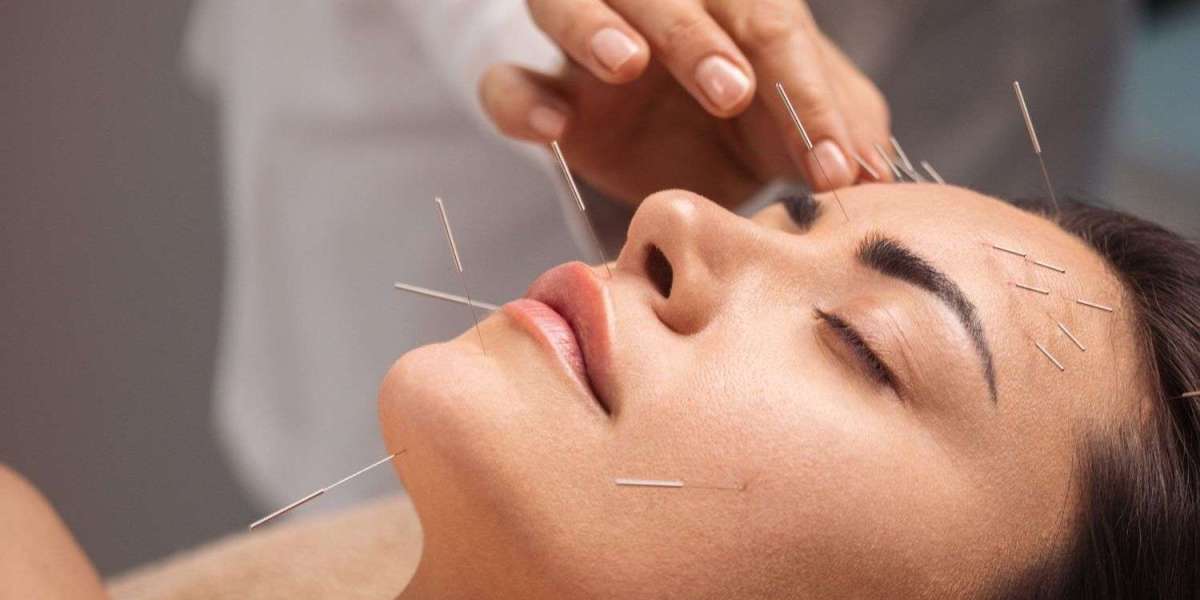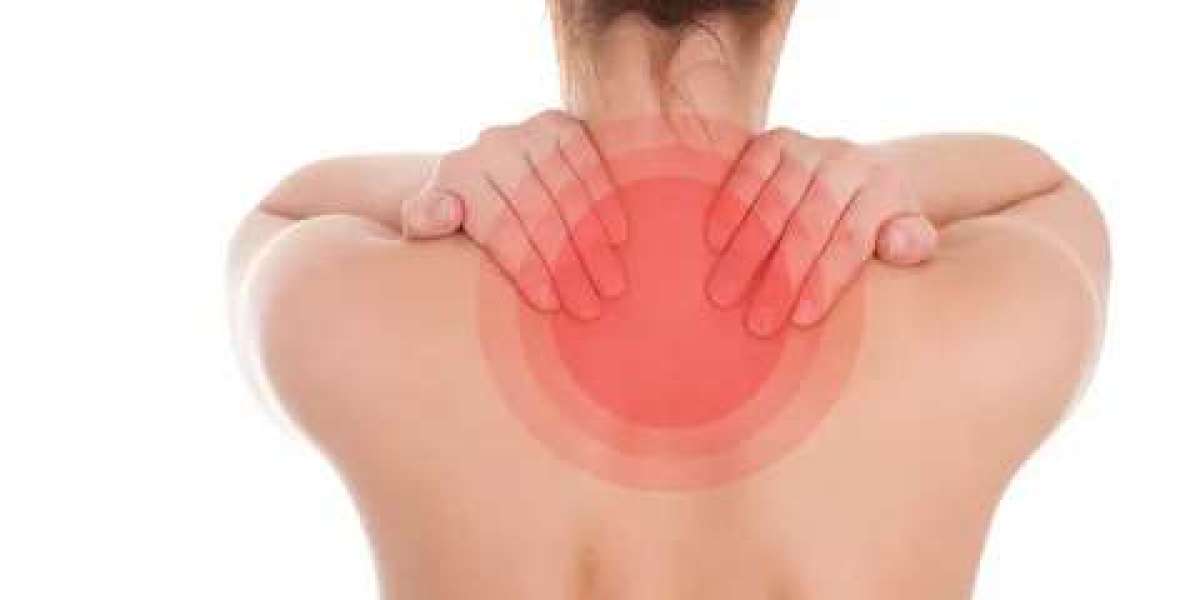Understanding Acupuncture
Acupuncture, a key component of traditional Chinese medicine (TCM), involves the insertion of thin needles into specific points on the body. These points, known as acupuncture points or acupoints, are believed to correspond with pathways, or meridians, through which vital energy, or qi (pronounced "chee"), flows. By stimulating these points, practitioners aim to rebalance the flow of qi and promote healing.
Mechanism of Action
While the precise mechanisms underlying acupuncture's efficacy remain a subject of ongoing research, several theories have emerged. One prominent hypothesis suggests that acupuncture stimulates the release of endorphins, the body's natural pain-relieving chemicals. Additionally, acupuncture may modulate the activity of neurotransmitters involved in pain perception, such as serotonin and noradrenaline. Some studies also propose that acupuncture may influence the body's inflammatory response, thereby reducing pain and swelling.
Acupuncture for Chronic Pain Management
Numerous clinical studies and meta-analyses have investigated the effectiveness of acupuncture in managing various types of chronic pain, including back pain, osteoarthritis, migraines, and fibromyalgia. While individual responses to acupuncture may vary, research indicates that it can provide significant relief for many individuals, either as a standalone therapy or in conjunction with other treatments.
Integrating Light Therapy Patches with Acupuncture
In recent years, advancements in technology have led to the development of light therapy patches, which emit specific wavelengths of light to stimulate acupuncture points. These patches, when applied to the skin, can complement traditional acupuncture sessions or serve as a convenient alternative for those uncomfortable with needles. By harnessing the power of light therapy, these patches aim to enhance the therapeutic effects of acupuncture, potentially offering a non-invasive and drug-free solution for chronic pain management.
The Role of Traditional Knowledge and Modern Research
While acupuncture has been practiced for thousands of years, its integration with modern scientific principles has facilitated a deeper understanding of its mechanisms and potential applications. By combining traditional wisdom with rigorous scientific inquiry, researchers can elucidate acupuncture's effects on the body and optimize its use for various medical conditions, including chronic pain.
Considerations and Precautions
While acupuncture is generally considered safe when performed by a qualified practitioner, certain precautions should be observed. Individuals with bleeding disorders or those taking blood-thinning medications should exercise caution, as acupuncture may cause bruising or bleeding at the insertion sites. Additionally, it's essential to seek treatment from a licensed acupuncturist who adheres to strict hygiene and safety protocols.
Conclusion
Acupuncture offers a promising avenue for relieving chronic pain and improving quality of life for individuals suffering from persistent discomfort. By stimulating specific points on the body, acupuncture may help rebalance the flow of energy and modulate pain perception through various physiological mechanisms. With the integration of innovations like light therapy patches, acupuncture continues to evolve as a versatile and effective therapy for chronic pain management. As research in this field progresses, acupuncture holds the potential to provide personalized and holistic solutions for individuals seeking relief from long-term pain conditions.








